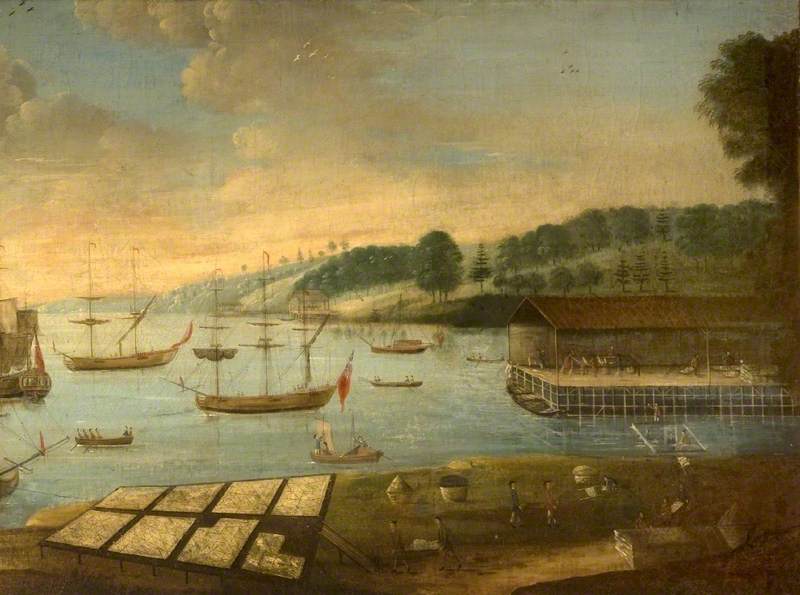

The history of Newfoundland art is a long and varied one, stretching back hundreds of years to the 1700s. From the early days of the province's settlement, art has been an integral part of Newfoundland's culture and identity. From traditional folk art to modern contemporary works, Newfoundland art has evolved and adapted to reflect the changing times. In this blog post, we'll be exploring the history of Newfoundland art from the 1700s to the present day.
In the 1700s, Newfoundland was a relatively new colony with a growing population of settlers from England, Ireland, and other parts of Europe. The art produced in this period was largely focused on religious subjects, with many paintings depicting scenes from the Bible. This type of art was often painted on wooden panels or canvas and was usually quite small in size. The style of painting was typically quite realistic, but with a certain naivety that is characteristic of this period in Newfoundland's history.
In the 1800s, the population of Newfoundland began to grow rapidly and with it, so did its art scene. This period saw a shift away from religious subjects to more secular ones such as landscapes and portraits. The style of painting also changed, becoming more impressionistic and expressive. Artists began to explore new techniques such as oil painting and watercolour painting which allowed them to create more vivid and detailed works. This period also saw an influx of new artists from abroad who brought with them their own unique styles and techniques.
In the early 1900s, Newfoundland's art scene continued to grow and evolve. This period saw a rise in the popularity of abstract art, with artists such as Christopher Pratt and Mary Pratt leading the way in creating bold and expressive works that pushed the boundaries of traditional art forms. This period also saw a rise in modernist works which combined abstract elements with traditional representational ones.
The mid-1900s saw an increase in interest in Newfoundland's traditional folk art which had been largely overlooked in previous decades. Artists such as Maud Lewis and Gerald Squires began to explore traditional themes such as fishing villages, lighthouses, and seascapes in their works. These works often featured bright colours and bold brushstrokes that were distinctly different from the more subdued works of previous decades.
In recent decades, Newfoundland art has continued to evolve and adapt to changing times. Contemporary artists such as Robert Hollett and Christopher Pratt have continued to explore traditional themes while also pushing the boundaries of what is possible in terms of technique and subject matter. Many contemporary artists are also exploring themes related to identity, gender, and politics in their work which has broadened the scope of what is considered "Newfoundland Art".
The history of Newfoundland art is a long and varied one that has evolved over hundreds of years. From its early days as a colony to its modern-day status as a vibrant cultural centre, Newfoundland art has always been an integral part of the province's identity. Whether it's traditional folk art or modern contemporary works, Newfoundland art continues to reflect its unique culture and history.
© Newfoundland Art